Blog

Nature Detectives
Welcome back to Science Education’s summer craft series! This week we are connecting with nature using clues from the past. Have you ever wished you could roam the Earth thousands of years ago to see what life was like? Are you curious about the lives of dinosaurs, megalodon sharks, and giant sloths? Fossils have the answers you are looking for!
Fossils are preserved signs of plant and animal life from thousands to millions of years ago. Fossils tell scientists information about the past. Scientists that study fossils are called paleontologists. Paleontologists are nature detectives that use fossils as evidence to reveal what Earth used to be like. So, what can fossils tell us about the natural world?
To answer this question, it is important to know the different types of fossils. The main categories are body, trace, mold, and cast fossils. Body fossils are physical remains of an organism, typically hard parts like shells, bones, or teeth. Bone size can tell paleontologists how big prehistoric animals were, and whether a fossil was an adult or a child. Teeth are also important clues that reveal an animal’s diet. Sharp teeth are good for tearing meat, and flat teeth are best for chewing plants.
Trace fossils show signs of activity, such as burrows, animal tracks, and nests. Knowing an animal’s behavior lets paleontologists learn where a certain species traveled, or how parents cared for their babies.
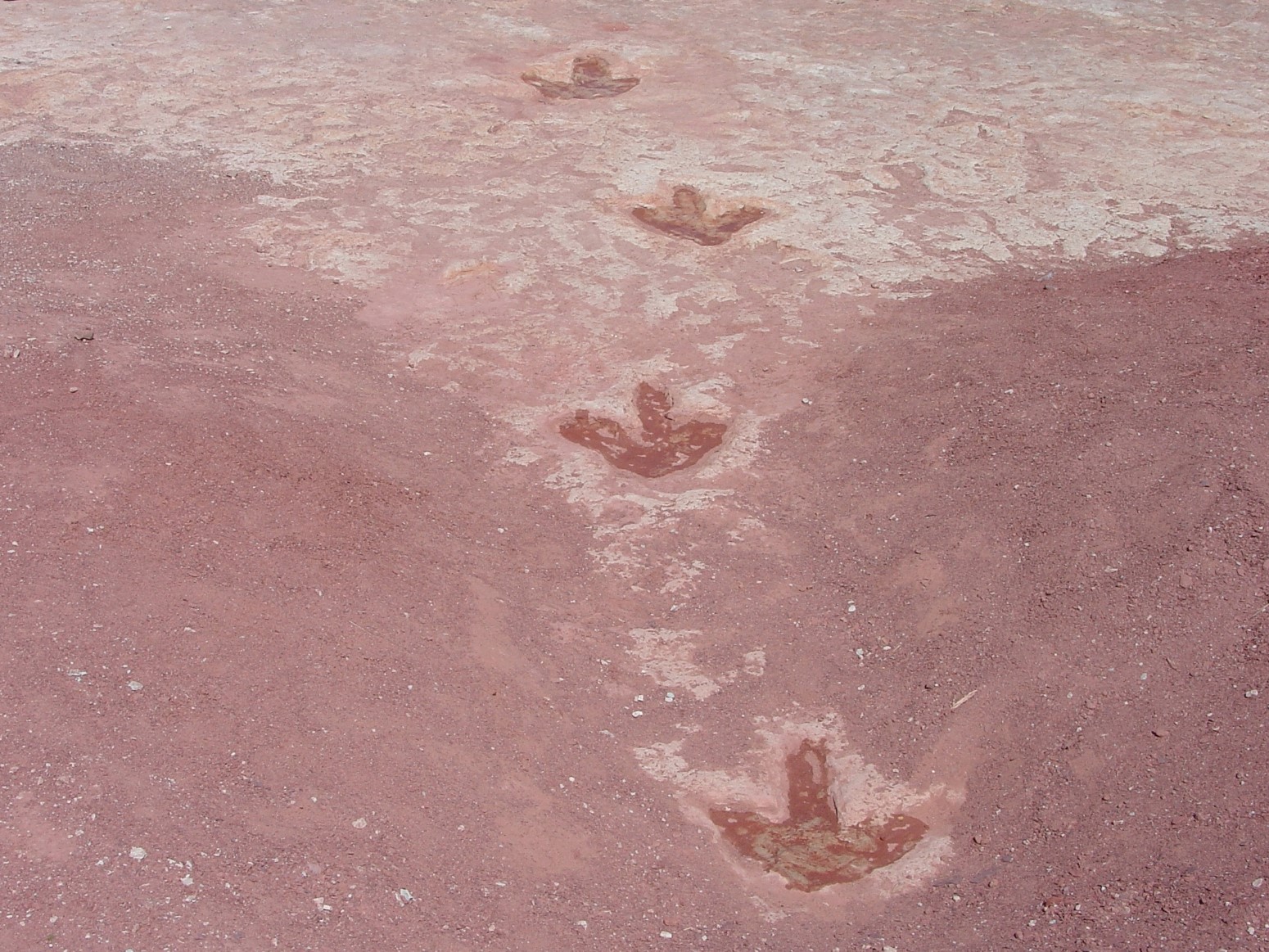
Image: U.S. Geological Survey
Mold fossils are impressions of an organism’s body left on Earth's surface after the organism has died and decomposed. This leaves a hollow outline of the organism’s shape. When the hollow mold is filled in by sediment, it can harden into a cast. Think of mold fossils as an ice cube tray and cast fossils as the frozen ice inside. Like the sediment needed to form cast fossils, water will take the shape of the mold. When the ice/cast has hardened, it can be removed from the mold and still keep its shape. Mold and cast fossils allow paleontologists to see an organism’s three-dimensional structure and figure out each body part’s job.
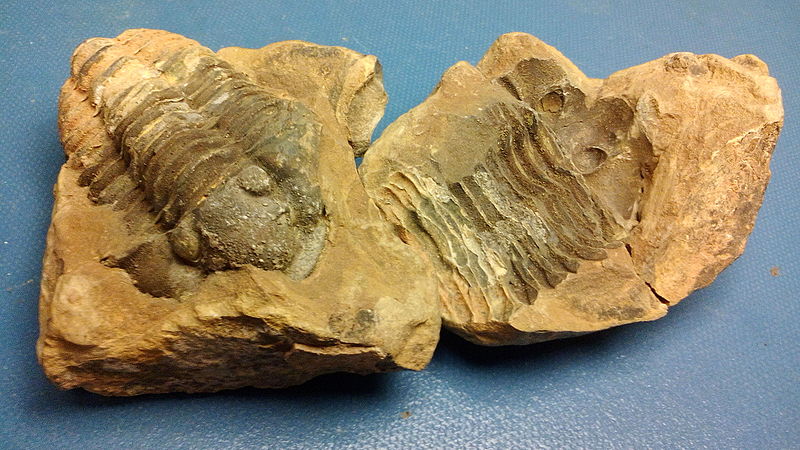
Trilobite cast and mold. Image: Wikimedia user Fcgouveia CC-BY-SA-4.0
All of these fossils help scientists know the habitat, size, age, diet, and behaviors of prehistoric organisms! Understanding Earth’s past is important for making predictions about our future.
For our craft, we will be creating our own mold fossils by making impressions in salt dough. To make the dough, use one cup of plain flour, one cup of table salt, and one half cup of warm water. Gather plants from your backyard, a park, or along the sidewalk to make an impression. Be sure to not pick from other people’s yards without permission.
Mix the flour and table salt together in a bowl. Form a well in the middle and pour the warm water in.
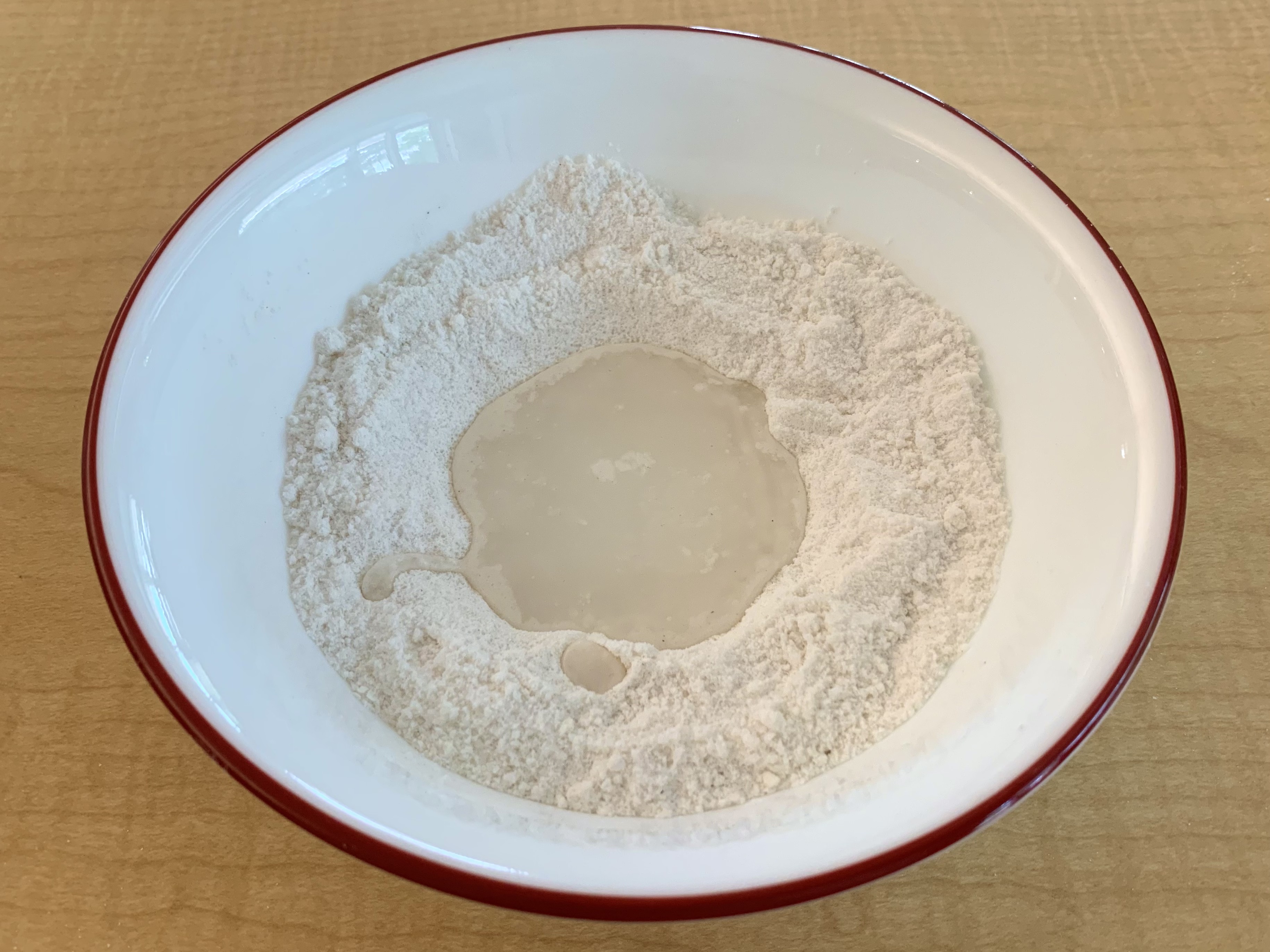
Mix with a spoon until the dough begins to clump together. Flour your hands and a surface to knead the dough until it has a uniform texture.
Flatten the dough to ¼ -½ inch thick and cut it into any shape you like. Keep in mind that thicker dough will take longer to dry. Use cookie cutters, cups, or clean lids to help cut shapes out of the dough. If you want to hang your fossil up with string, form a tiny hole at the top using a straw.
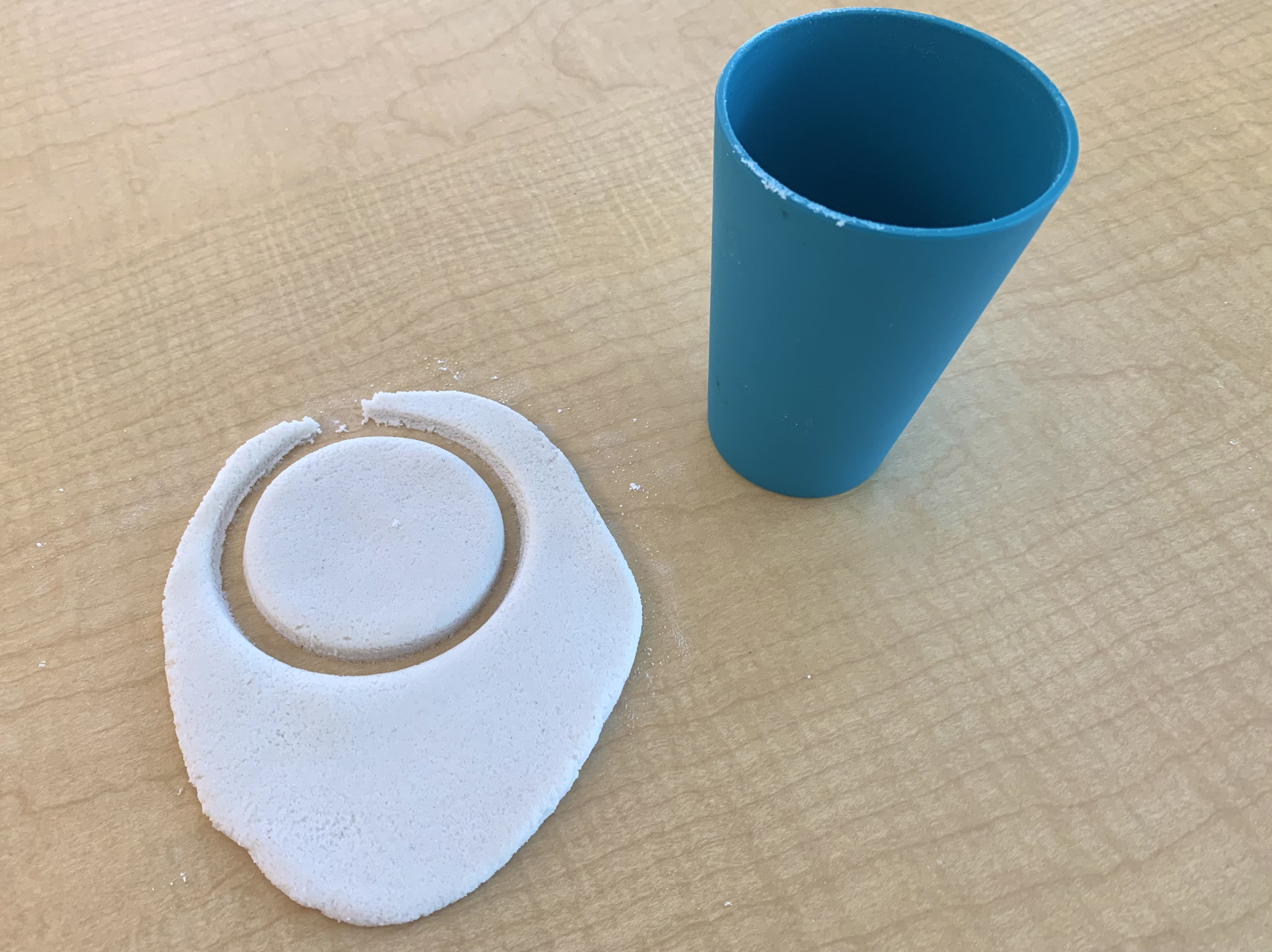
Take any plants you gathered, press them into the dough, then peel them off to reveal your design! To preserve the fossil, bake on your oven’s lowest heat for 3-5 hours or let air dry for 48-72 hours. This may seem like a long time but consider that real fossils take at least 10,000 years to form!
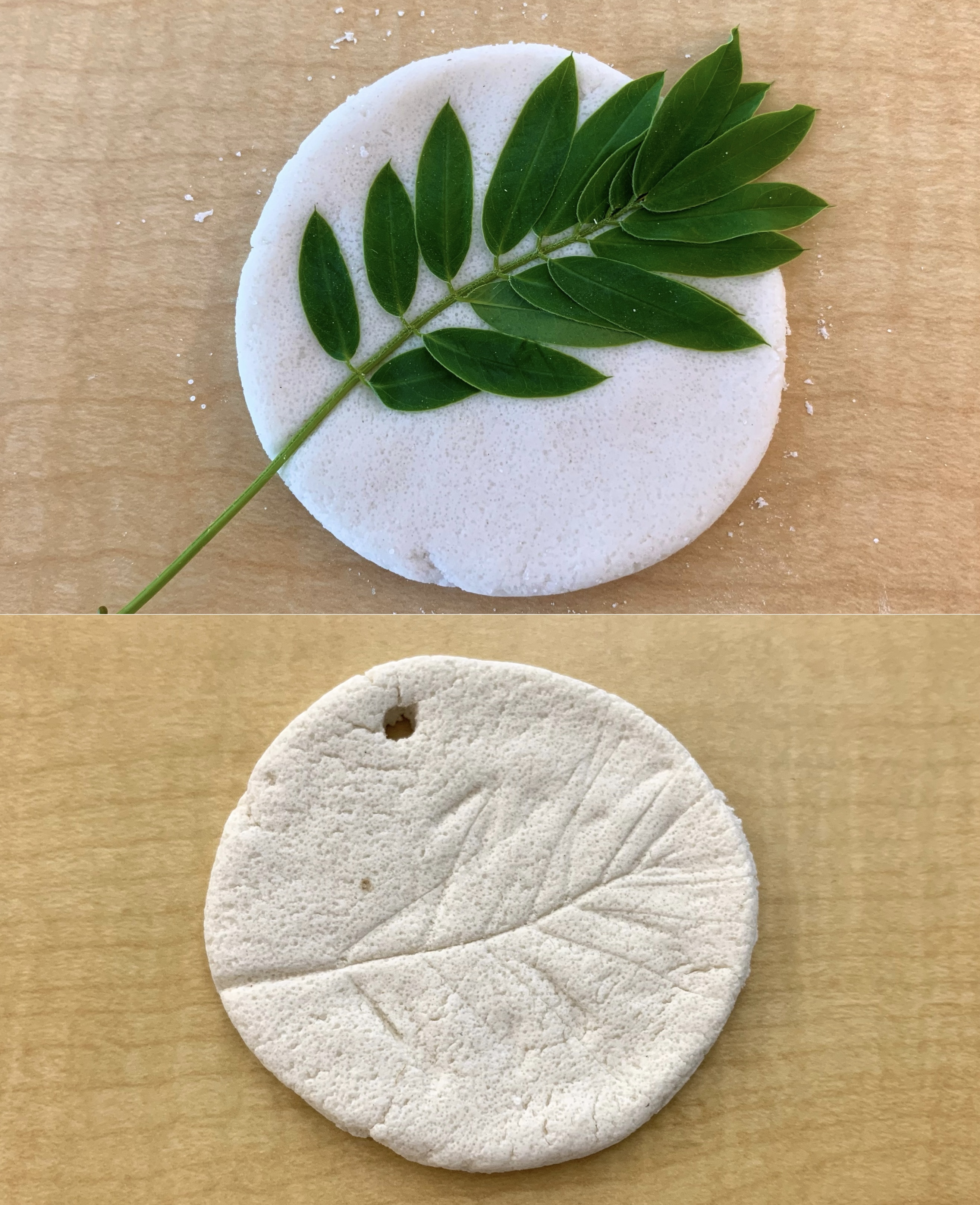
Resources
Sam Noble Museum: Different Kinds of Fossils
Photo Credits: Header, NPS; Cover, USGS; USGS; Wikimedia User Fcgouveia; Craft, Anna Bagwell

